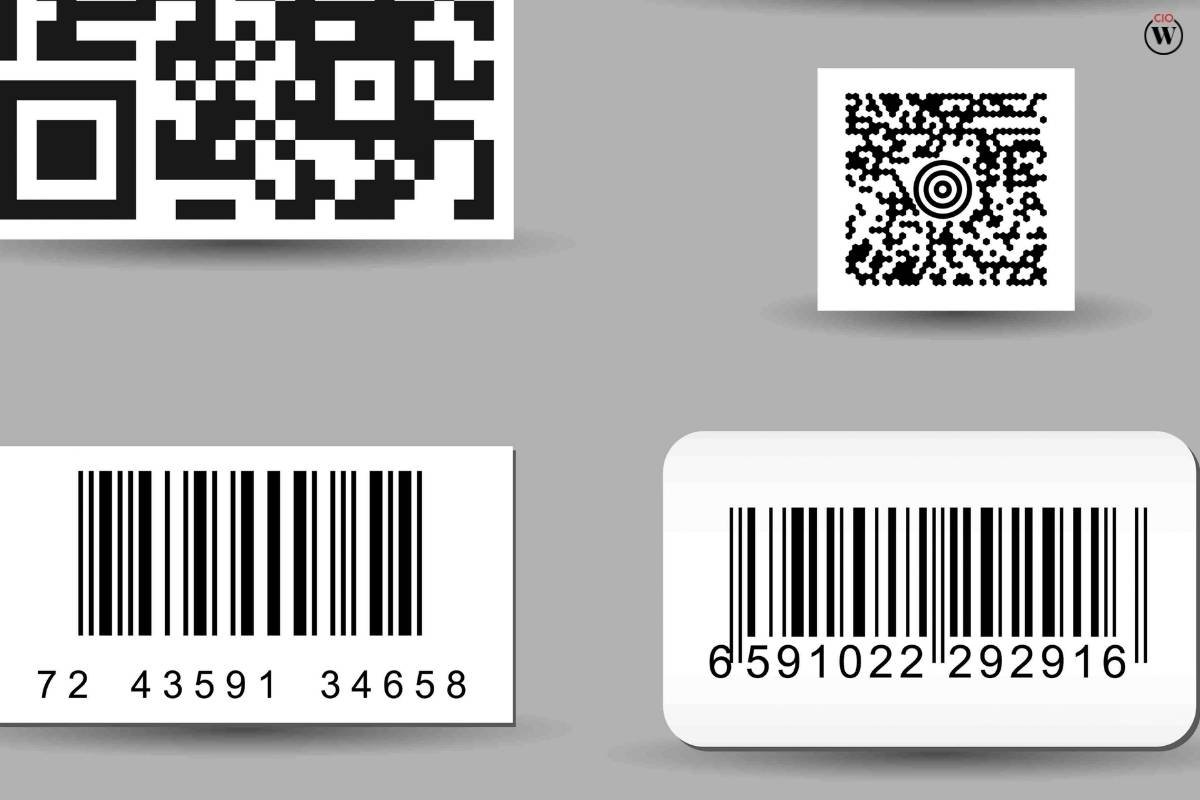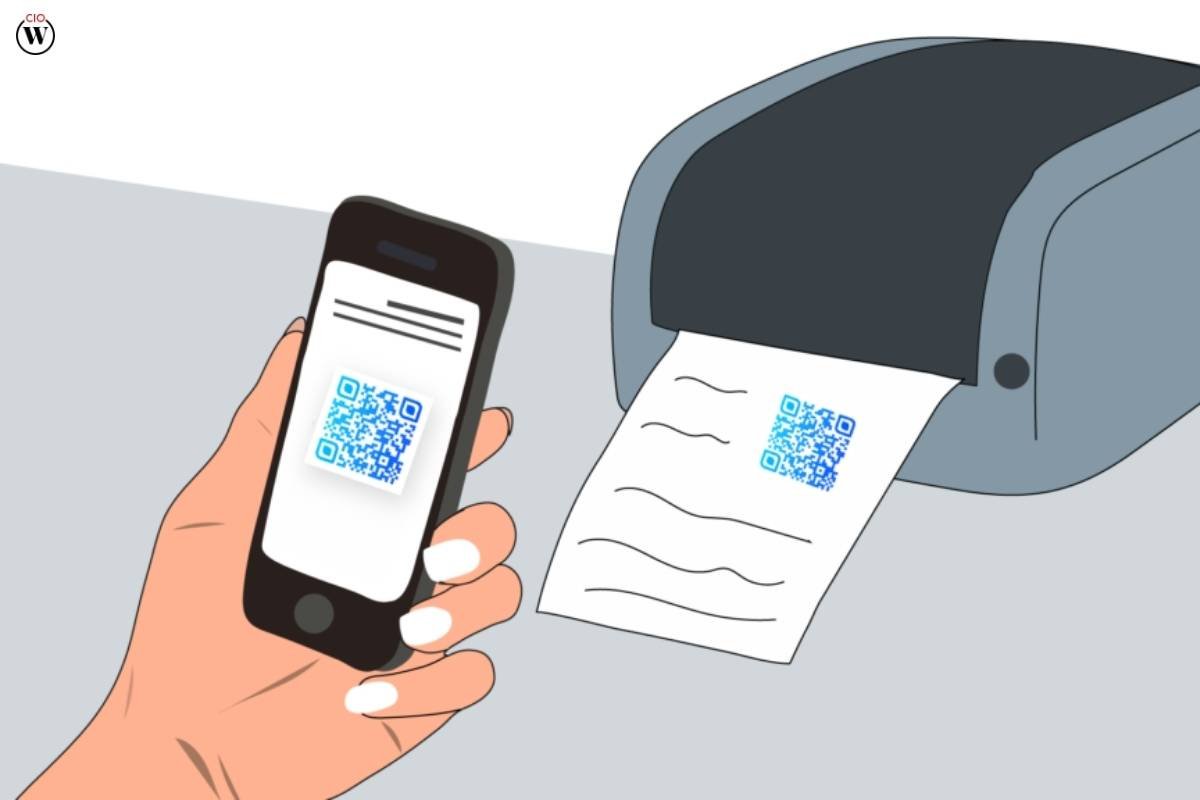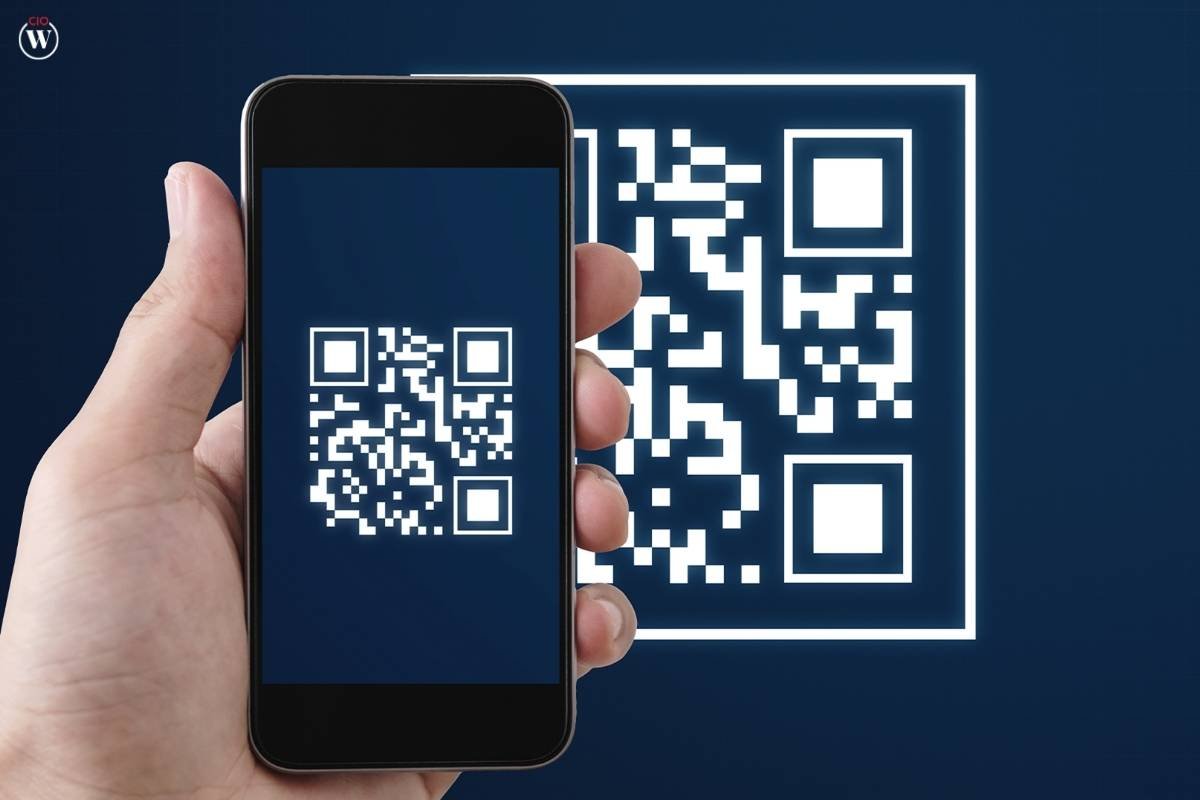Barcodes for new products are an essential tool for any product-based business. They allow for efficient inventory management, tracking, and sales, and make it easier for retailers to process transactions. In this article, we will discuss the basics of barcodes for new product, their importance, and how to get one for your new product.
What is a Barcode?
A barcode is a machine-readable representation of data that is encoded in a series of parallel lines. The lines represent a code that is unique to each product and can be scanned by a barcode reader to retrieve information about the product. The information encoded in a barcode typically includes the product’s manufacturer, product type, and specific product identification number.
Why Do You Need Barcode?
If you are selling a physical product, a barcode is essential for efficient inventory management and sales. Barcodes make it easier to track inventory levels, identify products quickly, and monitor sales. They also make it easier for retailers to process transactions, as they can scan the barcode at the point of sale to retrieve information about the product and process the transaction more quickly.
Types of Barcodes
There are several types of barcodes, each with its own format and purpose. The most common types of barcodes are
- UPC (Universal Product Code)
UPC barcodes are the most widely used barcode format in the US and Canada. They consist of a series of 12 numeric digits, which represent the manufacturer, product type, and specific product identification number.

- EAN (European Article Number)
EAN barcodes are used primarily in Europe, but they are also used in other parts of the world. They consist of a series of 13 numeric digits, which represent the manufacturer, product type, and specific product identification number.
- Code 39
Code 39 barcodes can encode both letters and numbers and are often used for industrial applications such as inventory management and asset tracking.
- Code 128
Code 128 barcodes are often used for more complex applications such as shipping and logistics. They can encode both letters and numbers and can include additional information such as batch numbers and expiration dates.
How to get barcodes for new products;
Getting barcodes for new products is a relatively straightforward process. Here are the steps you need to follow
1. Determine which type of barcode you need
The first step is to determine which type of barcode is best suited for your product. UPC barcodes are the most widely used format in the US, while EAN barcodes are more commonly used in Europe. Code 39 and Code 128 barcodes are typically used for more complex applications such as inventory management and logistics.
2. Apply for a GS1 Company Prefix
Once you have determined which type of barcode you need, the next step is to apply for a GS1 Company Prefix. A GS1 Company Prefix is a unique identifier that is assigned to your company and is used to create unique barcodes for new products.
You can apply for a GS1 Company Prefix online through the GS1 website. The cost of a GS1 Company Prefix varies depending on the number of products you plan to barcode and the country in which you operate.
3. Create the Barcode
Once you have been assigned a GS1 Company Prefix, you can create the barcode for your product using barcode creation software. There are several barcode creation software options available, including free online barcode generators and paid software applications.
When creating your barcode, be sure to follow the guidelines for your chosen barcode format to ensure that it is compliant with industry standards.
4. Print and Test the Barcode
Once you have created your barcode, it is important to print and test it to ensure that it is scannable and contains accurate information. You can print your barcode on a product label or directly onto the product packaging.

To test your barcode, use a barcode scanner to scan it and verify that the information encoded in the barcode is accurate. If the barcode does not scan properly or contains inaccurate information, you will need to make adjustments and reprint the barcode.
5. Register the Barcode
Once you have verified that your barcode is accurate and scannable, you will need to register it with the appropriate barcode database. This will ensure that your barcode is recognized and can be used by retailers and distributors.
You can register your barcode with the GS1 Global Registry or with other barcode databases such as UPC Database or Barcode Lookup.
Tips for creating a successful barcode;
Here are some tips to help you create successful barcodes for new product
- Choose the right barcode format
- Choose a barcode format that is appropriate for your product and industry.
- Use high-quality barcode creation software
- Use high-quality barcode creation software to ensure that your barcode is compliant with industry standards and is scannable.
- Test your barcode
- Test your barcode to ensure that it is accurate and scannable before printing it on your product packaging.
- Register your barcode
- Register your barcode with the appropriate barcode database to ensure that it can be used by retailers and distributors.

BOTTOM LINE
Barcodes are an essential tool for any product-based business. They allow for efficient inventory management, tracking, and sales, and make it easier for retailers to process transactions. Getting barcodes for new products is a relatively straightforward process that involves applying for a GS1 Company Prefix, creating the barcode, testing it, and registering it with the appropriate barcode database.
By following these steps and using high-quality barcode creation software, you can create a successful barcode for your product that will help streamline your inventory management and sales processes.









